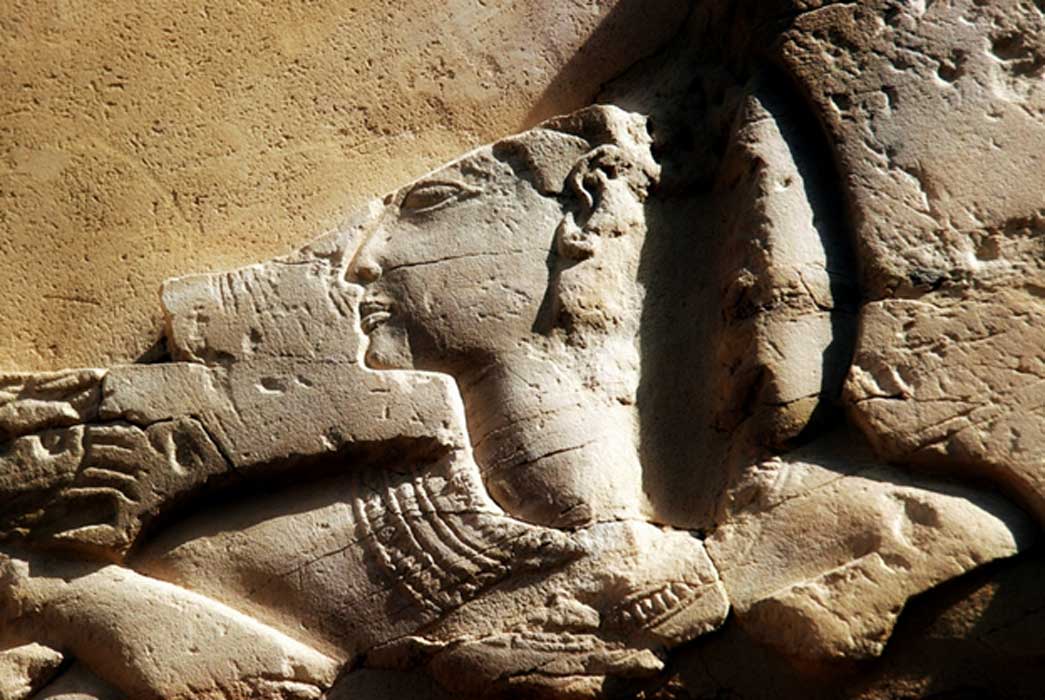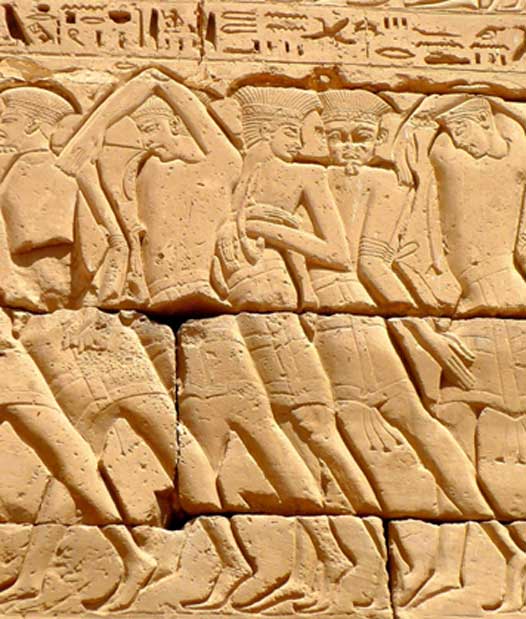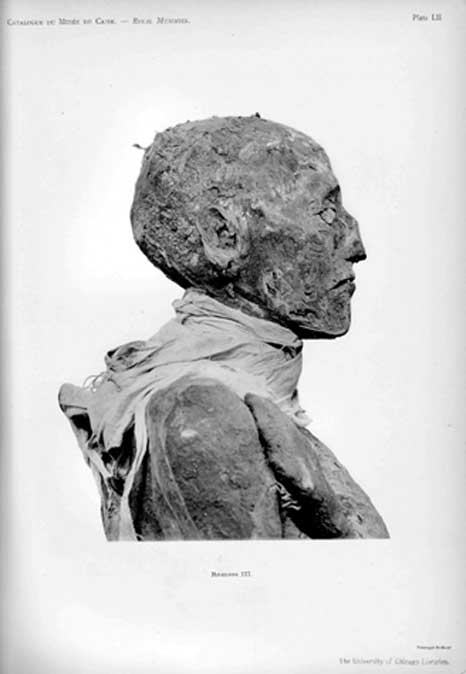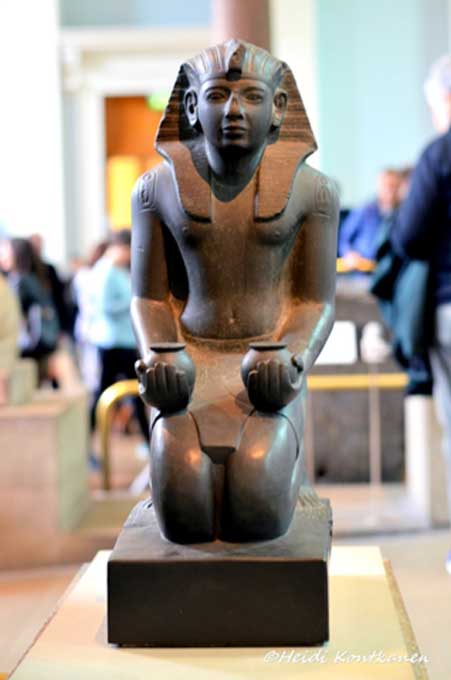
Enduring Mystery of the Screaming Mummy: Abominable Crime and a Disgraced Prince—Part II
The devious plot of the secondary wife, Queen Tiye, to murder King Ramesses III came-a-cropper. In no time the conspirators, who included palace staff and her own son, were apprehended, interrogated and sentenced. Many of them were granted the opportunity to take their own lives – which they gladly embraced, choosing death over ignominy. Extant documents inform us that Prince Pentawer, one of the prime accused, was also extended this courtesy. The manner of his death remains unknown. But a mysterious and grotesque mummy – designated Unknown Man E – discovered by Émile Brugsch in the famed Deir el-Bahri cache led many to believe it was none other than the disgraced prince. If true, why was an abhorrent, fallen royal who had dared to assassinate a Pharaoh be buried in the company of illustrious rulers?

Bound Philistine prisoners of the confederation that comprised the Sea Peoples being paraded after their capture. Mortuary Temple of Ramesses III. Medinet Habu. (Photo: Rémih CC BY-SA 3.0)
Death, by My Own Hand
According to the Great Harris Papyrus, Ramesses III had ruled for a total of 31 years and 41 days; and in that time, he had given Egypt her last glimpse of the glory that she had attained in the past. Even though it is a fact that the plotters had failed miserably in their major aim of installing a prince who was given the pseudonym Pentawer, “He of the Great One” on the throne of Egypt; they did not entirely fail in their dark mission. The reference to ‘Great God’ is a giveaway about the ultimate fate of Ramesses III, who obviously died, before the trial was completed; for this epithet was solely attributed to dead rulers. It therefore stands to reason that Ramesses lived long enough to institute an inquiry commission to bring the dastardly conspirators to book.

Right profile view of the head of the well-preserved mummy of pharaoh Ramesses III found in the royal cache in DB320. Computed tomography scans revealed a deep cut in the king’s throat, probably made by a sharp knife. During the mummification process, a Horus eye amulet was inserted in the wound for healing purposes, and the neck was covered by a collar of thick linen layers. “The Royal Mummies” by G. Elliot Smith, 1912. (Public Domain)
In the throes of death, the sovereign vested 12 of his trusted aides with all the power to investigate, pass judgment, and impose an appropriate sentence. “Carefully chosen agents of the state —representing the court, the military, and the civil service — would be judge, jury, and executioner. Ramesses III’s only involvement was to give the tribunal carte blanche in dealing with the plotters: ‘May all that they have done be upon their own heads,’” informs Wilkinson. In a series of three prosecutions, 40 individuals were tried and found guilty. In order to highlight the seriousness of their despicable acts, a number of the defendants were given fictitious names such as Mesedsure, ‘Re hates him’ and Parakamenef, ‘Ra blinds him’. Depending on the extent of their role in the murderous plot, the lucky ones were spared their lives, but promptly had their noses and ears chopped off to indicate their criminality.

Dark green schist kneeling statue shows Ramses IV offering pots of water or wine. Based on parallel statues, large parts have been restored in modern times, including the hands, pots and knees. Cartouches enclosing the king’s birth and throne names appear on his shoulders, the belt, and in the base and back-pillar. Karnak Temple. British Museum.




